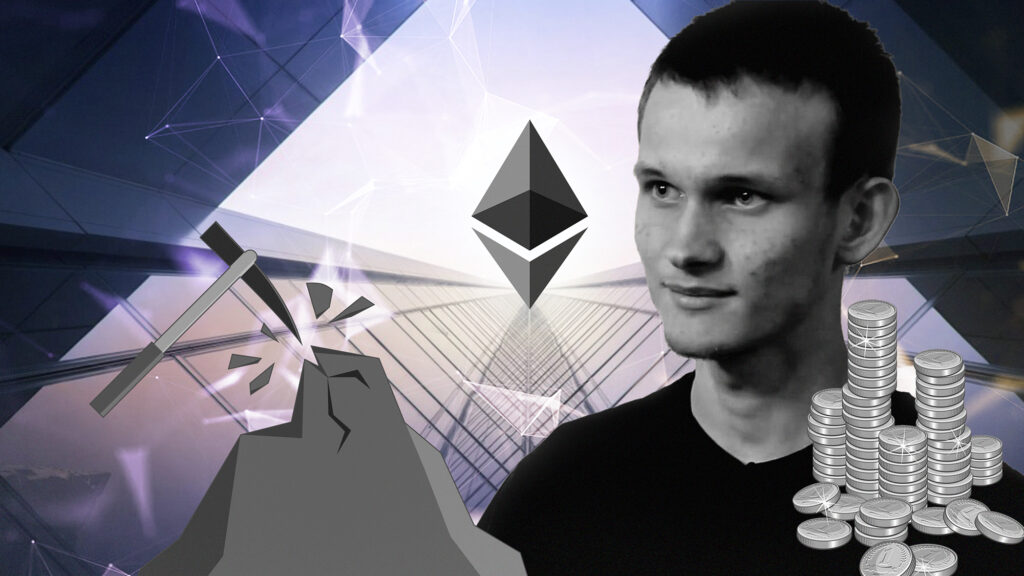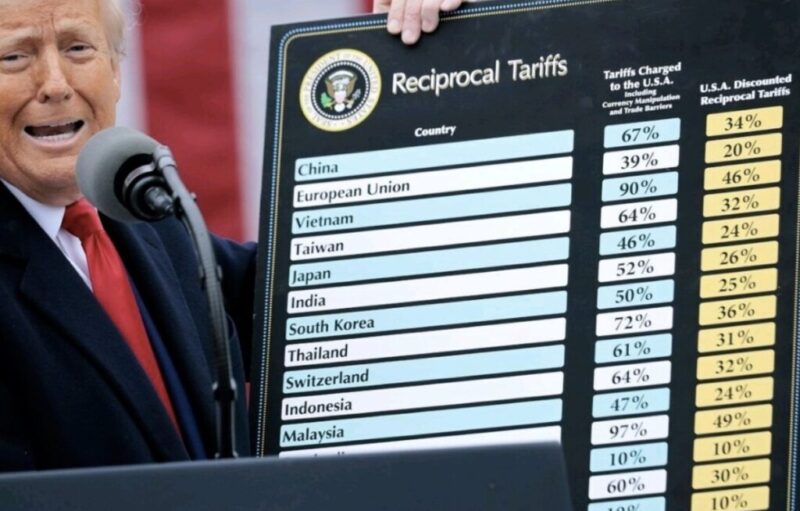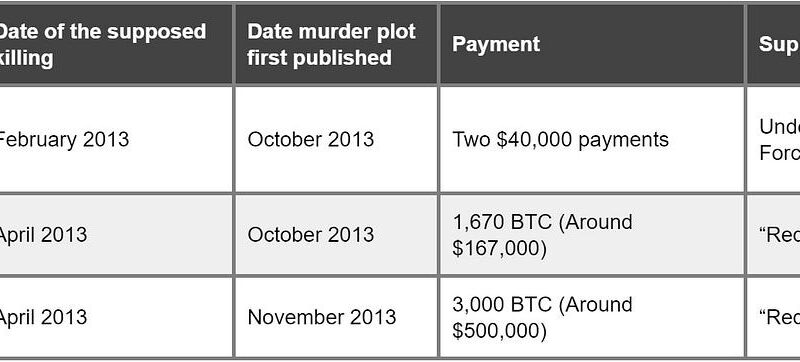Abstract
In this piece we discuss the possibility of a chain split when the merge occurs on Ethereum, resulting in an ETH2 coin and a new ETHPoW coin. We examine the viability of the ETHPoW chain, which is almost guaranteed to be a minority chain with respect to the coin price and economic chain usage. We conclude by arguing that although the ETHPoW chain may have many technical challenges and its long term viability is in question, its existence may provide an exciting opportunity for traders and speculators in the short to medium term.

Overview
After several delays, Ethereum looks set to finally begin the merge process in September 2022. At least one of the key Ethereum developers, Tim Beiko, suggested Monday 19th September 2022 as a possible merge date, in a developer call on 14 July 2022. This is for the first major part of the merge, when Proof of Work mining is switched off. The consensus part of Ethereum, which chooses which blockchain to follow, will then transfer to the already existing Proof of Stake beacon chain. However, the 19th September 2022 date is far from final, a client with merge timing parameters has yet to be released and until that happens there is still significant uncertainty over the exact timing of the merge.
After the merge, one will need to run two Ethereum clients, i. The staking client or consensus layer client and ii. The execution layer client, for example Geth, which will still validate and process Ethereum smart contracts and transactions. It is worth pointing out that even after the merge, stakers won’t be able to withdraw their staked Ethereum back into the execution layer, this “second merge” could be another 6 to 12 months away.
When discussing the merge, many have reported widespread support in the Ethereum community for switching off Proof of Work. At a recent conference Vitalik mentioned that if anyone doesn’t like it they could always use Ethereum Classic (A remnant of the 2016 DAO Wars). However, as one might expect, in general the PoW miners do not support switching off PoW. Why would they? They are being totally shut out of the Ethereum system. Never mind EIP-1559, this time their income from Ethereum is going down to zero, in an instant. Behind the scenes for months some miners have been making noises opposing the merge and expressing a desire to “do something”. Finally on 29th July 2022, one of the largest players in the Chinese mining ecosystem, Chandler Guo, indicated that he may be planning to continue mining on the Ethereum PoW chain.
If the PoW chain remains alive and continues to be extended, some are speculating this coin could be called ETHPoW. In our view it is likely that the chain is extended past the merge point, however whether or not this chain has any economic significance is an open question. There is certainly an argument that the chain could survive for the long term. Perhaps PoS has some weaknesses compared to PoW (e.g. staking derivatives becoming a natural monopoly) that eventually make PoS chains less appealing than PoW chains for certain use cases. All smart contracting platforms competing with Ethereum (Except maybe Ethereum Classic) have gone down the PoS path and therefore there may be one PoW smart contracting chain that gains a lot of traction. There is no other real candidate for this other than ETHPoW.
Anyway, in a nostalgic throwback to the 2016/17 era of splits in Bitcoin and Ethereum, ETHPoW looks set to potentially generate some interest from market participants.
Ice Age
Over seven years ago, when Ethereum’s PoS systems were nothing but a series of whacky and broken ideas on the drawing board, Vitalik had already anticipated this potential problem (a persistent chain split after the transition to PoS). A solution was proposed, something called the “ice age”. This is a system where the PoW mining network difficulty gets exponentially harder as time progresses and eventually the chain cannot be effectively extended. The first major network upgrade for Ethereum, after the initial Frontier client, was called “Ice Age” and included the first difficulty bomb. This bomb was set to “go off” in 2017, when the Serenity upgrade was going to transition the network to PoS. However, the upgrade to PoS was delayed and the bomb was therefore also delayed with a hardfork.
The so-called difficult bomb has actually gone off several times in the past. For example in early October 2017 the average Ethereum block time was around 30 seconds for a few days, before the difficulty bomb system was reset and the block interval fell back down to the normal 13 or so seconds. The difficulty bomb has already been reset 6 times in Ethereum’s history, six hardforks.
| EIP Number | Hardfork client release date |
| EIP 649 | October 2017 |
| EIP 1234 | February 2019 |
| EIP 2384 | January 2020 |
| EIP 3554 | August 2021 |
| EIP 4345 | December 2021 |
| EIP 5133 | June 2022 |
The most resent reset was proposed in June 2022 and the bomb is now expected to “go off” in the middle of September 2022, perfect timing for the switch to PoS, just as originally planned way back in 2015. Although the bomb will start in September, based on previous times the bomb has exploded, the impact on the average block interval could take several months to become significant. For example, some calculations have estimated it could take 175 days until the block interval time reaches around 30 seconds. After this the situation should get exponentially worse.
Another interesting factor is that the transition to PoS is real this time. Therefore, the price of ETHPoW may be low relative to ETH (effective very significant price crash) and the price could also be very volatile. This may reduce the incentive to mine ETHPoW and therefore assessing precisely how the ice age would work, which is already quite a complex circular dependency between miner incentives, the hash rate and block times, could be very challenging.
New ETHPoW Hardfork Client
With the ice age meaning the legacy PoW chain may only be viable for up to a few hundred days after the split. If the PoW chain is going to persist in the long run, it may need a new hardfork client to permanently remove the ice age feature. This then generates several problems for ETHPoW, perhaps exactly the problems the ice age was designed to create. It removes a layer of legitimacy from ETHPoW. No longer can ETHPoW claim to be the incumbent or original rules chain. It also needs a hardfork. However, not many Ethereum users today may actually care about this argument, which seemed more relevant seven years ago.
At the same time any ETHPoW community will need to find developers with technical expertise to produce the new client. They will also need to solve a schelling point problem, to agree on a new client and new parameters to activate and enact the ice age removal hardfork. Exchanges and custodians may then need to be convinced to run and support this new client, which may be slightly harder than convincing them to continue running their old Geth nodes alongside the new ETH2 infrastructure. However, in practice these problems could be overcome fairly easily and the size of the ETHPoW community is not likely to be especially large and therefore this may not be a major problem. It could be a few large miners behind the scenes financing the whole operation.
Locked Staked Coins
Currently there is around 13.2 million Ethereum staking on the beacon chain, or almost 14 million if you include the actual balances (Cumulative Ethereum earned by staking plus any deposits over the 32 ETH threshold). As far as we understand the situation, on the original ETHPoW chain, these funds will be lost forever if no hardfork occurs. In contrast, on the ETH2 chain, these coins can be sent back to the execution layer at some point in the future. This has several consequences for the ETHPoW chain. Firstly, one could argue that since the ETH supply is lower on the ETHPoW chain, this could boost the ETHPoW price. Alternatively, with users losing so much funds, it could damage the credibility of the chain and hurt ETHPoW.
If a new hardfork ETHPoW client is released, to fix the ice age problem, there may be a choice with respect to how to deal with these staked coins. This is a dilemma potentially facing the ETHPoW community. A likely outcome is that since the whole point is it’s a PoW coin, they could keep the staked coins locked forever. Staking was the wrong choice in ETHPoW world. At least the 800,000 or so accumulated staking earnings obtained before the merge should be considered totally illegitimate on the ETHPoW chain. Therefore, if you are a validator or own stETH, you may not do particularly well out of the ETHPoW chain.
Stablecoins
Many have speculated that in the event of a contentious Ethereum split, it’s not the Ethereum Foundation or Vitalik who decides anymore. It is said that the new kingmakers in this scenario could be the stablecoin custodians. These custodians have to pick one chain to support and given how popular and prevalent these coins are, and how interrelated into Defi they are, it is their decision which will determine the winning chain. Therefore perhaps it’s Jeremy Allaire (CEO of Circle, the USDc issuer) who is the most powerful person in Ethereum, not Vitalik.
Of course Jeremy is the CEO of a company and he has to answer to his clients, failure to do so may mean he isn’t acting in the best interests of his shareholders, which may be unlawful, therefore perhaps he may not really have this power in practice. However, the most likely way this apparent risk manifests itself is if the government authorities order Circle to support one chain or another for some regulatory reason. It is this issue that presents a potential weakness for Ethereum.
In the event of a chain split after the merge, it seems highly likely that Circle, Tether, Binance and the other stablecoin custodians will all support ETH2. Therefore, even excluding the stronger support ETH2 has from the Ethereum Foundation and the community, the outcome of this split is clear, ETH2 will be the winner and ETHPoW will be the loser. On ETHPoW many Defi applications which rely on USD stablecoins will economically break in many catastrophic ways. However, there are some other implications of this stance from the stablecoin issuers, which we will discuss later in this piece.
Selling ETHPoW
Many Ethereum maximalists strongly support the transition to PoS and therefore dislike ETHPoW. They may therefore want the ETHPoW chain to die quickly.
Then there is the next layer of thought on top of this. Ethereum maxis should actually (somewhat perversely) want the ETHPoW chain to survive, at least for a bit, so that they can dump ETHPoW coins into the market and get more ETH (or US$). That way they can make money from what they consider to be “stupid” ETHPoW supporters, before ETHPoW dies a slow death over the next few years. Therefore, many people may try to sell their ETHPoW as fast as they can and the price may be weak.
But wait a minute… There is another layer of thought on top of this, a third layer. What everyone should actually be doing (Ethereum maxi or not) is buying ETHPoW as fast as possible, as soon as the merge occurs. Let us explain below.
The Race to Buy ETHPoW
In order to sell ETHPoW for ETH, one would need to wait for a centralised exchange to support ETHPoW after the merge. While centralised exchanges like FTX and Binance may be quick to launch products, it may take them a while, at least a few hours or days, before they can support ETHPoW deposits. However well prepared they are, the hashrate and block times on ETHPoW are likely to be volatile and they need to protect themselves from double spend attacks.
On the other hand, one should, in theory anyway, be able to purchase ETHPoW on the onchain decentralised exchanges as soon as the merge occurs. Whatever your view on ETHPoW, surely you think the coin is a better bet than all the other ERC-20 coins on the ETHPoW chain?
Lets just think through some of the coins on Ethereum today:
- USDc on ETHPoW – Worthless because Circle will choose ETH2 and the coins will be therefore not be redeemable, as we discussed above
- USDT on ETHPoW – Also worthless
- Wrapped Bitcoin on ETHPoW – Worthless because the custodians will choose ETH2 and the coins will be therefore not be redeemable for Bitcoin
- BNB on ETHPoW – Again worthless because Binance will choose ETH2
- Uniswap on ETHPoW – Questionable long term viability of the token on the ETHPoW chain. The coin will probably crash faster than ETHPoW
- stETH on ETHPoW – Since there is no staking on this chain, these coins may be worthless, as mentioned above
- All other ERC-20 tokens on ETHPoW chain – Likely to have very limited value on the ETHPoW chain
Therefore, before trading on centralised exchanges is even possible, the best strategy may actually be to buy as much ETHPoW as you can. Later on, you can then sell the ETHPoW on centralised exchanges when it is possible. This is like a free call option on ETHPoW.
Merge Trading Strategy
As ever with these potentially contentious chain splits, the Ethereum merge provides an exciting trading opportunity. A possible “risk free” trading idea is as follows:
- Before the merge, convert all your USD into USDc in your own Ethereum wallet
- As soon as the merge occurs, sell your USDc on the ETHPoW chain for ETHPoW coins on an onchain decentralised exchange such as UniSwap or Curve
- As soon centralised exchanges enable ETHPoW deposits, sell all your ETHPoW for USD
- Profit!
Doing the above trade, you have potentially got more USD for free with almost zero risk! Well zero risk when only considering certain types of risk, such as price movements.
Of course, in reality executing the above trade is actually quite complex and risky and there are several issues which require managing:
- You will need to conduct the trades fast, as there may be a race to capitalise on this opportunity. Liquidity pools selling ETHPoW could quickly be drained.
- You will need to manage your own keys and not use a custodian. Any third party custodian is unlikely to support ERC-20 coins on ETHPoW so soon after the split if ever.
- Any infrastructure you use to interact with decentralised exchanges, is likely to support the merge and be working only on ETH2. Therefore you may need to run your own Ethereum nodes and directly interact with the exchange smart contracts on ETHPoW. This may be quite complex for some traders, but this difficulty is where the profit making opportunity may arise. It may be worth practising this before the split on ETH1.
- You may need to make sure your sell/swap order of USDc does not get replayed on the ETH2 chain. A split smart contract may need to be created.
- It is possible that liquidity providers may be aware of this potential risk and withdraw liquidity prior to the merge or even very quickly post merge. However, it is possible some liquidity providers don’t bother doing this, creating an opportunity.
- Many Defi protocols rely on price oracles and it may not be clear how these will handle the ETHPoW side of the chain.
There may be more advanced strategies one could attempt in Defi, involving leverage, borrowing or providing liquidity, however, we will leave it at this for now.
Conclusion
Any chain split occurring at the Ethereum merge point is likely to be a fun throwback to the 2016/17 era. Although there are many technical challenges that ETHPoW faces, as long as the chain survives, it looks likely that there could be positive narratives around the coin and leading centralised exchanges are likely to list it. The crypto space is still largely about narratives and noise. ETHPoW may generate a lot of excitement and we predict that ETH vs ETHPoW will be a popular trading pair post split, at least until another interesting dynamic comes along. May the games begin!
Related
The post appeared first on Blog BitMex






